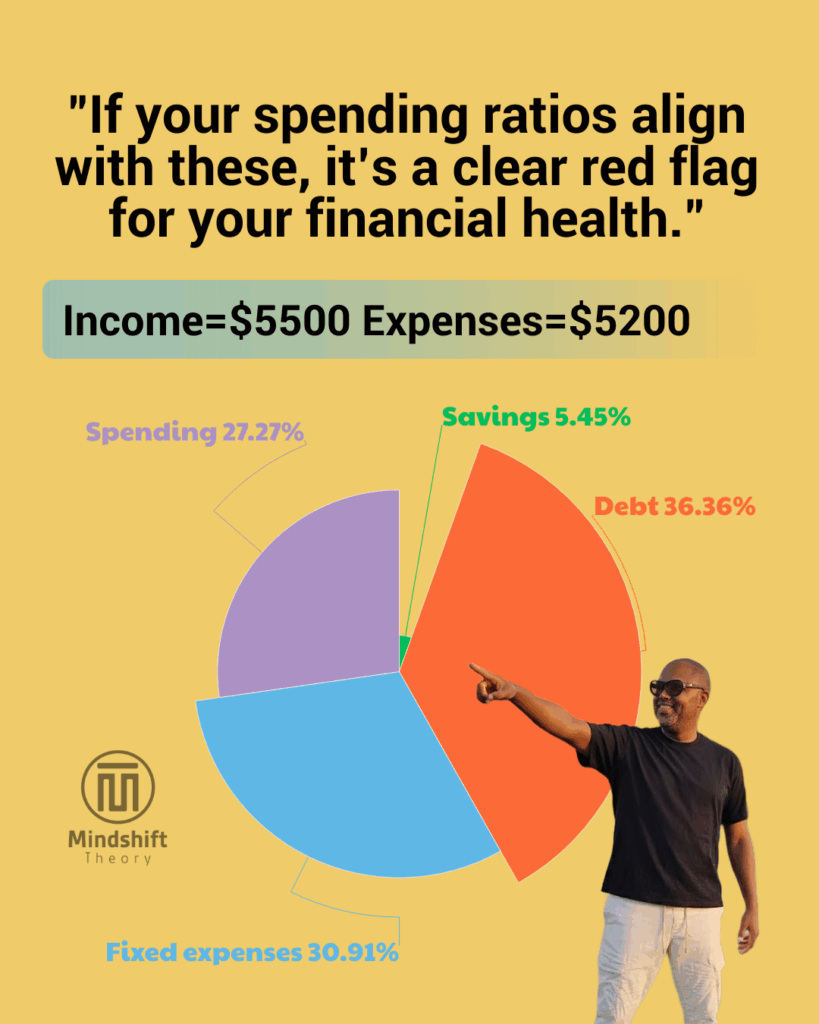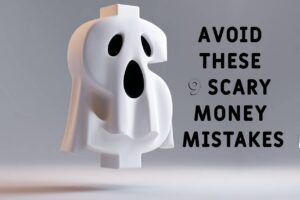
The Uncomfortable Truth – Knowing Your Numbers
This isn’t just about money; it’s about the truth. The raw, unfiltered truth of where your hard-earned cash is actually going. For years, I avoided this step. I’d glance at my bank balance, see a decent number, and tell myself everything was fine. “I’m not spending that much,” I’d murmur, conveniently ignoring the nagging feeling in my gut, the one that whispered about the credit card statement I hadn’t opened or the growing pile of online shopping boxes.
It reminds me of a time, early in my career, when I was absolutely convinced I was a fantastic saver. I was making good money for the first time, and I felt on top of the world. I had this vague idea that I was putting away a decent chunk each month. But when a friend, a financial mentor of sorts, challenged me to really look at my numbers, I resisted. “Why bother?” I thought. “I know I’m doing well.” He just smiled, a knowing glint in his eye, and said, “Ricardo, you can’t build a skyscraper on quicksand. You need a solid foundation, and that starts with knowing what you’re actually working with.”
He wasn’t talking about my net worth; he was talking about my daily cash flow. He challenged me to a “financial truth serum” exercise. He told me to pull every single statement from the last three months – bank accounts, credit cards, investment accounts, even that dusty old PayPal account I used for impulse buys. “Every single one,” he emphasized. “No hiding.”
I groaned. Three months? That felt like an eternity of paper trails and digital breadcrumbs. But his conviction was infectious, and I grudgingly agreed. The first night, I sat down with my laptop, a cup of lukewarm coffee, and a notepad. I started opening those digital statements, and with each click, a little knot of anxiety tightened in my stomach.
The sheer volume of transactions was overwhelming. Coffee shops, takeout orders, subscriptions I’d forgotten I had, impulse buys that seemed so essential at the time but now looked utterly frivolous. It was like watching a slow-motion replay of every financial decision I’d made, good and bad. And let me tell you, there were a lot more “bad” than “good” hiding in plain sight.
The real eye-opener came when I started categorizing. My mentor had given me a simple framework: Fixed, Discretionary, and Debt payments.
Fixed expenses were easy enough: rent, utilities, insurance. These were the non-negotiables, the bedrock of my monthly outflow.
Debt payments were also clear: student loans, car payment, and… wait, two credit card payments? I’d conveniently “forgotten” about that second card I’d opened for a seemingly great sign-up bonus. The interest rates stared back at me like accusatory eyes.
But it was the Discretionary expenses that truly exposed me. This was the wild west of my spending. Dining out, entertainment, impulse purchases, subscriptions to streaming services I barely watched, and a truly embarrassing amount spent on “trendy” gadgets that were now gathering dust.
I remember one particular afternoon, hunched over my kitchen table, surrounded by printouts and a rapidly filling spreadsheet. I was meticulous, going through each transaction line by line. It felt like an archaeological dig into my own financial habits. And what I unearthed was shocking.
My “good saving habits” were a complete illusion. I was spending nearly 40% of my income on discretionary items, things I didn’t truly need and often didn’t even enjoy that much in retrospect. My “vague idea” of saving was just that – vague. In reality, after all was said and done, my monthly surplus was razor-thin, sometimes even a deficit. I was essentially living paycheck to paycheck, despite a good income.
The shame was real. How could I have been so oblivious? How could I have let my money slip through my fingers like sand without even noticing? It was a humbling, almost humiliating, experience.
But then, something shifted. That initial sting of embarrassment slowly gave way to a surge of empowerment. Because now, I knew. I had the data. I had the undeniable proof of where my money was going. And with that knowledge came power – the power to change it.
This wasn’t about judgment; it was about awareness. It was like turning on the lights in a dark room. Suddenly, all the monsters under the bed, all the hidden drains on my finances, were visible. And once visible, they could be dealt with.
My mentor had been right. You can’t fix what you don’t acknowledge. You can’t build wealth if you don’t understand the foundation you’re building on.
Key Actions I took, and what I urge you to do:
- Pull 3 months of statements: Go back three full months. Every single account where money comes in or goes out. Bank accounts, credit cards, PayPal, Venmo, investment accounts (just for income/expense tracking, not balance). Don’t skip anything. This is your financial truth serum.
- Categorize all expenses: Create three buckets:
- Fixed: Rent/mortgage, utilities, insurance, loan payments, minimum debt payments. These are largely non-negotiable in the short term.
- Discretionary: Dining out, entertainment, subscriptions, hobbies, shopping, travel, “wants.” This is where you have the most control.
- Debt payments (above minimums): Any extra payments you’re making on debt. (We’ll get more into this later).
- Calculate monthly surplus/deficit: Add up all your income for the month. Then, add up all your expenses.
- Income – Total Expenses = Surplus (or Deficit)
This might feel painful. It might make you squirm. But I promise you, this is the most crucial step. It’s the moment you step out of the financial fog and into clarity. Without this brutal honesty, every other step in this transformation will be built on assumptions, and assumptions are quicksand.
Let me give you a quick visual aid that really hit home for me. Imagine your income as a river. You want that river to flow into a vast, wealth-building ocean. But if there are dozens of hidden irrigation channels diverting water away before it reaches the ocean, you’re not going to get far. Knowing your numbers is like mapping those channels.

You can see here, my income was $5,500. But my expenses? They swallowed every single cent. My “savings” were minimal, overshadowed by huge chunks going to discretionary spending and debt. The painful truth: I had a $0 surplus. I was, despite my decent income, financially stagnant.
This visual isn’t just data; it’s a mirror. It forces you to confront the reality of where your money is going. And that confrontation, I assure you, is the first, most powerful step towards taking control.
So, take a deep breath. Gather those statements. Start categorizing. This is the beginning of your financial transformation. Once you know your numbers, you’ll be ready for what’s next: Trimming the Fat



